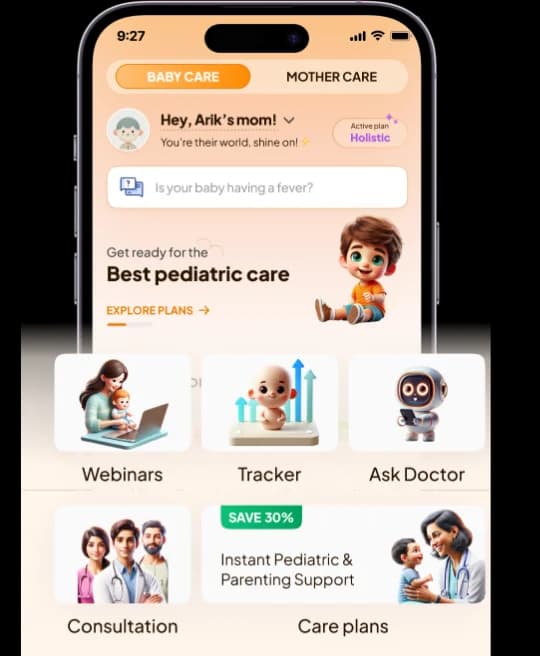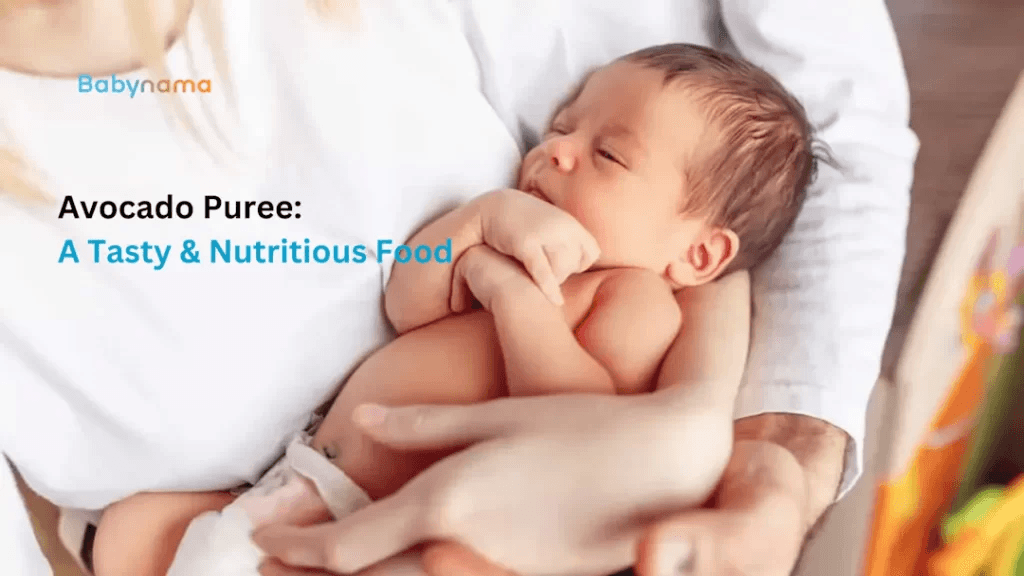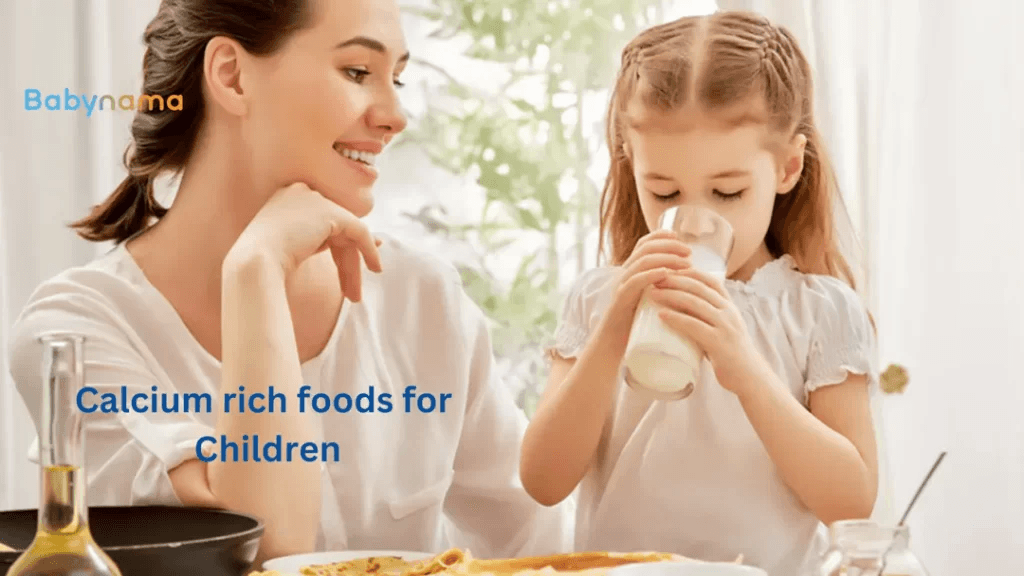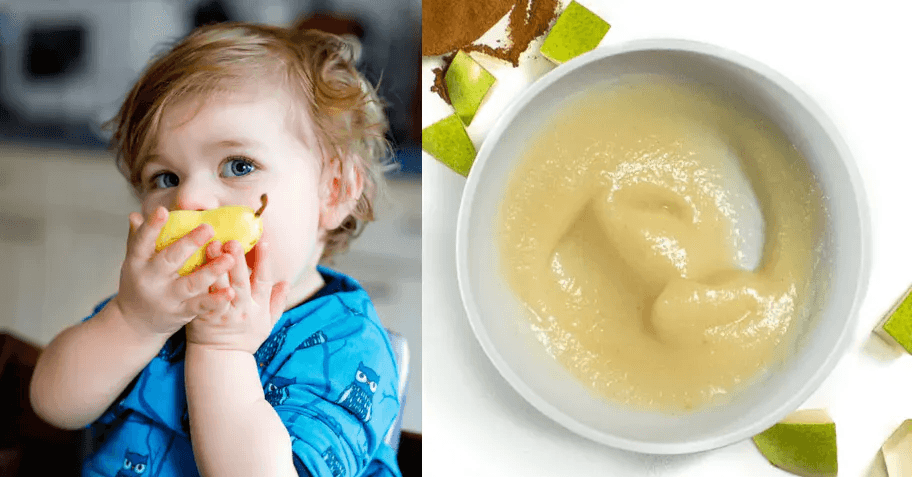
Food Pyramid for Children - Guess the Main Components
Do you know your child’s diet should have components from every category of food pyramid?
Do you know that knowing about the food pyramid is good for improving the nutrition of your kid ??
“Normal is boring '' is great for eating. Children desire variety and see everyday dishes as boring. As your child grows older, you tend to worry about their eating habits and think more often about whether they are getting enough food, eating on time, and whether or not they are nutritious. So let's take a look at nutritious baby food with the help of the food pyramid.
What is a Food Pyramid?
The food pyramid is used to help to understand a balanced diet. Children need a healthy and balanced diet to complete their growth and a balanced diet comprises a proportionate portion of foods that belong to specific but basic food groups, such as vegetables, whole grains, and so on.
A food pyramid is a chart (assumes a pyramid shape) that has different sections. Beginning from the base, it introduces the types of foods your child needs to eat. As the pyramid goes up, more periodic types of food that need to be eaten are served. A good food pyramid will show pictures of different types of food in each section along with information about portion sizes and age groups.
A food pyramid (top to bottom) consists of:
- Top Pointed Layer - Foods and drinks that are high in fat, sugar, and salt
- Second layer - fats and oils
- Third layer - meat, poultry, fish, eggs, beans, and nuts
- Fourth layer - milk, curd, cheese, and other dairy products
- Fifth layer - seasonal vegetables and fruits
- Sixth layer - cereals, pulses, legumes, and bread
Why is the Food Pyramid Important for Children?






